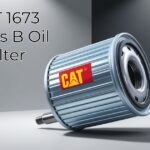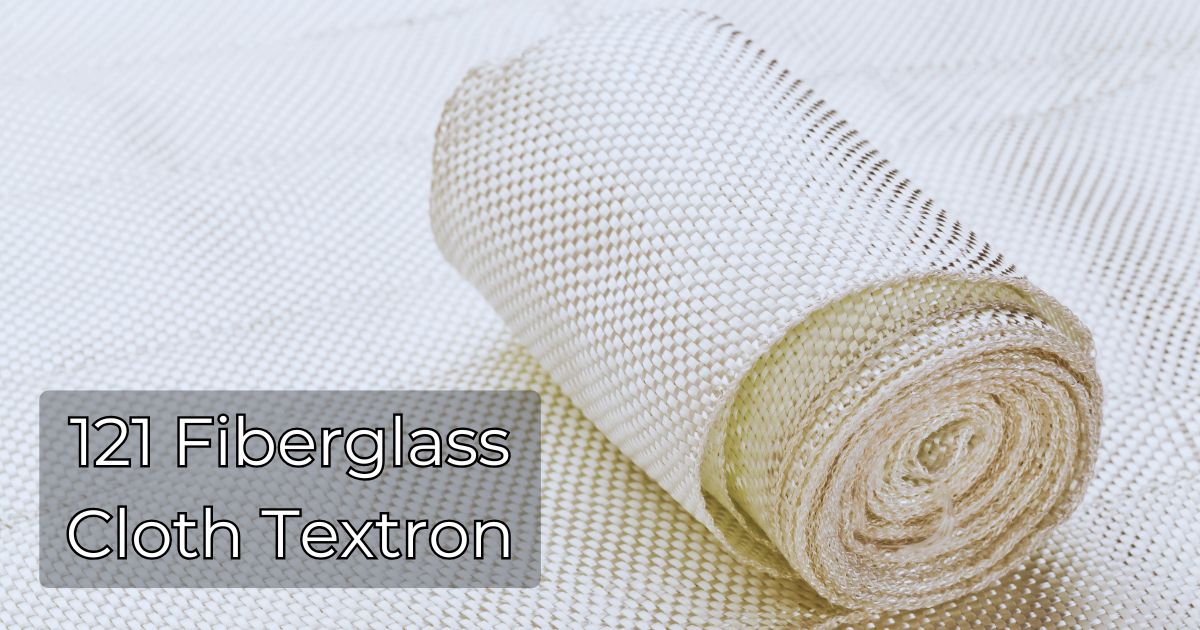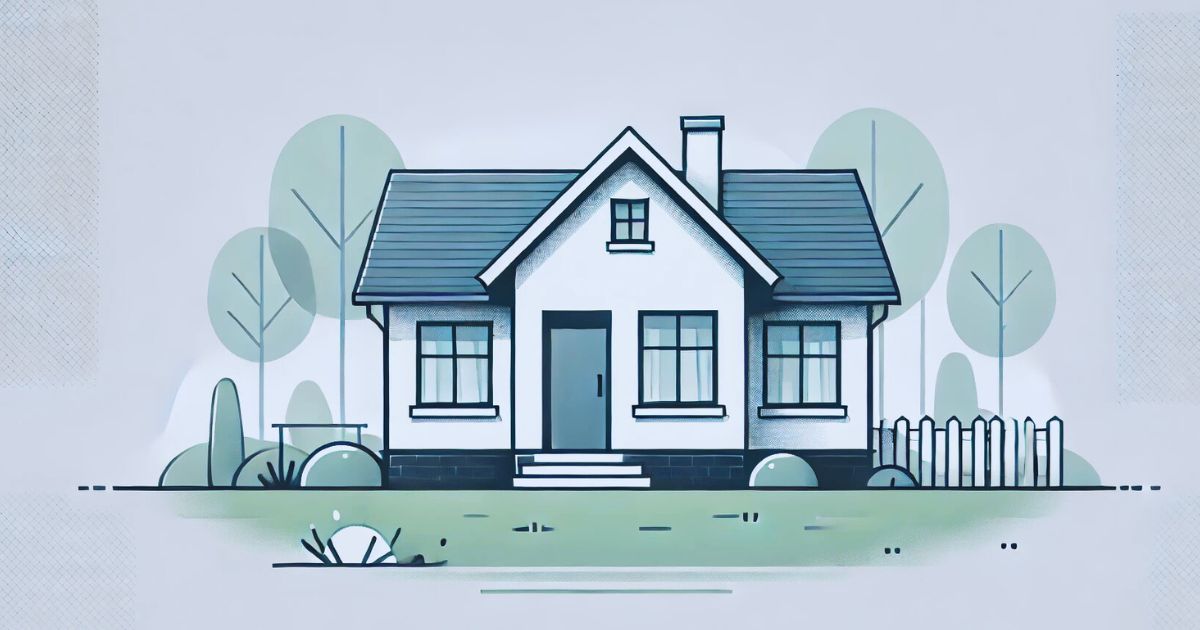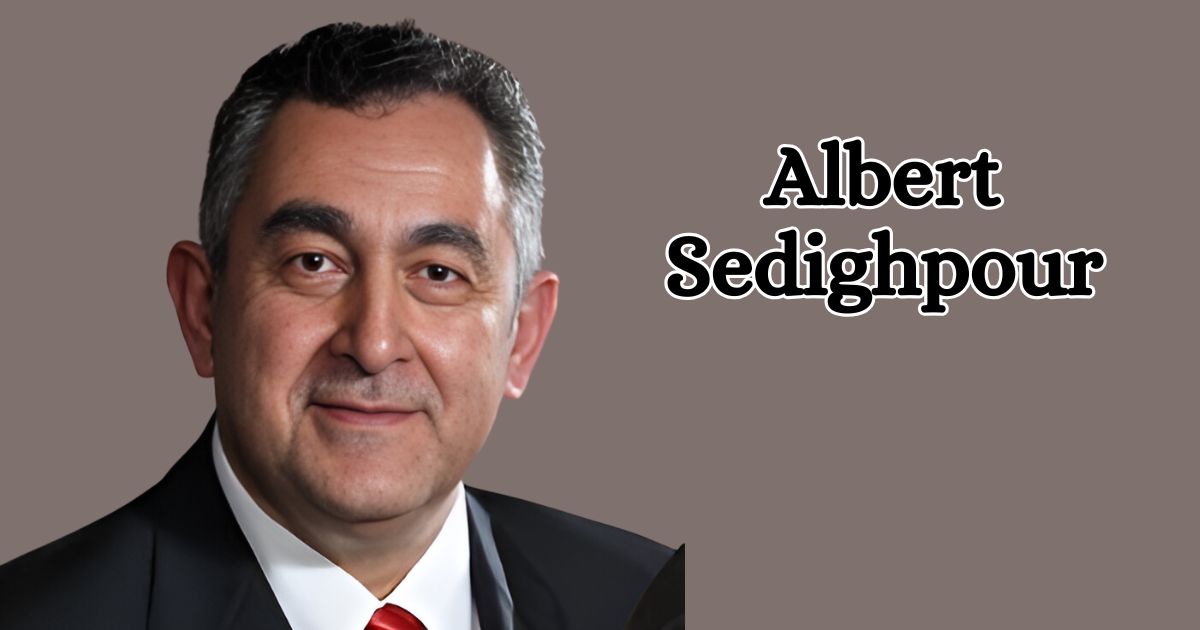Fiberglass cloth is an essential material used in various industries. It combines strength, lightweight properties, and versatility. Among the different types of fiberglass fabrics available, 121 fiberglass cloth Textron stands out. Textron is known for innovation and quality in the textile industry. This specific fiberglass cloth meets the growing demands for durable materials. This comprehensive guide explores the properties, applications, advantages, and maintenance of 121 fiberglass cloth Textron. You will find all the necessary information to make informed decisions regarding its use.
In today’s fast-paced manufacturing landscape, the demand for high-performance materials is increasing. Industries such as aerospace, automotive, and construction require materials that can withstand extreme conditions. They also need materials that remain lightweight. This is where 121 fiberglass cloth Textron excels. It offers a perfect balance of durability and flexibility. Understanding this material’s characteristics will help you leverage its benefits effectively.
What is 121 Fiberglass Cloth?
121 fiberglass cloth Textron is a woven fabric made from high-quality fiberglass filaments. The “121” designation typically refers to the weight of the fabric. This weight is often measured in grams per square meter (gsm). It indicates that the cloth is robust yet lightweight. This makes it ideal for applications requiring strength without added bulk. The weaving process used to create this cloth ensures it retains its integrity and performance characteristics under stress.
Unlike traditional fabrics, fiberglass cloth is non-combustible. It is also resistant to degradation from moisture, chemicals, and UV exposure. These qualities make it a preferred choice in industries where environmental factors could compromise material performance. The cloth can be easily molded into various shapes. This flexibility is crucial for composite applications. The versatility of 121 fiberglass cloth Textron allows it to be employed in numerous settings. These include industrial insulation and advanced aerospace components.
Properties of 121 Fiberglass Cloth Textron
The unique properties of 121 fiberglass cloth Textron make it valuable in many applications. One of its standout features is its exceptional strength-to-weight ratio. This means the cloth can provide significant structural support without adding excessive weight to the final product. This property is crucial in aerospace and automotive industries. Weight savings can lead to enhanced fuel efficiency and performance.
Another notable characteristic is its resistance to environmental degradation. 121 fiberglass cloth Textron exhibits excellent chemical resistance. This makes it suitable for use in harsh environments. Here, exposure to solvents, acids, or other corrosive substances is common. Additionally, the cloth provides excellent electrical insulation. This feature makes it an ideal choice for applications requiring non-conductive materials. These properties ensure that the cloth remains reliable and effective across a wide range of applications.
Manufacturing Process of 121 Fiberglass Cloth Textron
The manufacturing process of 121 fiberglass cloth Textron involves several key steps. These steps ensure the final product meets stringent quality standards. The process begins with sourcing high-quality fiberglass filaments. These filaments are the fundamental building blocks of the fabric. They are woven together using specialized machinery. This creates the desired weave pattern, whether plain, twill, or satin. The chosen weave type influences the cloth’s mechanical properties and its suitability for specific applications.
Quality control is a critical aspect of the manufacturing process. Each batch of 121 fiberglass cloth Textron undergoes rigorous testing. This testing ensures it meets industry standards for strength and flexibility. It also assesses resistance to environmental factors. Quality control includes evaluating the fabric’s weight, thickness, and weave integrity. The final product is rolled and packaged for distribution. It is then ready to be utilized in various applications ranging from composite manufacturing to insulation solutions.
Also Read: Perbodyandskin
Applications of 121 Fiberglass Cloth Textron
The versatility of 121 fiberglass cloth Textron lends itself to many applications across different industries. In the aerospace sector, this fiberglass cloth is commonly used for manufacturing lightweight composite materials. The strength and durability of the fabric contribute to creating structural components. These components can withstand the rigors of flight while minimizing weight. In the automotive industry, the cloth enhances vehicle performance through lightweight body panels and structural reinforcements.
Additionally, 121 fiberglass cloth Textron plays a crucial role in the marine industry. It is often used in constructing boat hulls and other components. These components require resistance to water and chemicals. The cloth’s excellent insulation properties also make it ideal for thermal and electrical insulation applications. These applications exist in various settings, including construction and industrial environments. Its ability to be molded into complex shapes allows it to be utilized in custom applications, further expanding its utility.
Advantages of Using 121 Fiberglass Cloth Textron
Choosing 121 fiberglass cloth Textron for your projects comes with several distinct advantages. One of the most significant benefits is its high strength-to-weight ratio. This enables manufacturers to reduce the overall weight of their products without sacrificing durability. This characteristic is particularly advantageous in industries where weight savings improve efficiency and performance, such as aerospace and automotive design.
Another key advantage is the cloth’s resistance to environmental factors. Whether exposed to moisture, chemicals, or UV radiation, 121 fiberglass cloth Textron maintains its integrity and performance. This resilience translates into longer-lasting products. It reduces the need for frequent repairs or replacements. Furthermore, the cloth’s versatility allows it to be tailored for various applications. This makes it a cost-effective solution for manufacturers seeking reliable materials for their projects.
How to Select the Right 121 Fiberglass Cloth Textron
When selecting the right 121 fiberglass cloth Textron for your specific application, several factors should be considered. First, evaluate the weight and thickness of the cloth. Different applications may require varying weights. For instance, lighter fabrics are preferable for aerospace components. Heavier materials may be needed for industrial uses.
Next, consider the weave type, as it can significantly affect the fabric’s mechanical properties. Plain weave is common for general applications, while twill weave may offer enhanced flexibility. It’s also essential to assess your project’s specific requirements. This includes resistance to chemicals, moisture, or temperature fluctuations. Finally, sourcing quality materials from reputable suppliers will ensure you receive a product that meets industry standards.
Maintenance and Care for 121 Fiberglass Cloth Textron
Maintaining 121 fiberglass cloth Textron is crucial to ensuring its longevity and performance in various applications. Regular cleaning is recommended to prevent dirt and grime buildup. For most applications, a mild detergent and warm water can effectively clean the cloth’s surface. It is important to avoid harsh chemicals that may degrade the fiberglass material.
Storage is another critical aspect of maintenance. To preserve the fabric’s integrity, store it in a cool, dry place away from direct sunlight. Prolonged exposure to UV light can weaken the fibers and affect performance. Additionally, if the cloth becomes damaged, timely repairs are essential. Depending on the damage extent, patching with additional fiberglass or reweaving may be necessary. This can restore its structural integrity and functionality.
Future Trends in Fiberglass Cloth Technology
The future of 121 fiberglass cloth Textron and fiberglass technology looks promising. Several trends are emerging on the horizon. Innovations in manufacturing processes aim to enhance the efficiency and quality of fiberglass production. This will lead to better performance characteristics. Advanced weaving techniques and hybrid materials are being explored. This combination can create fabrics that blend the benefits of fiberglass with other high-performance fibers.
Sustainability is becoming a focal point in the development of fiberglass materials. Manufacturers are looking for ways to reduce waste. They are also seeking eco-friendly materials in their production processes. This includes recycling old fiberglass products into new materials. Such efforts contribute to a circular economy in the textile industry. As technology continues to evolve, we can expect to see more applications for 121 fiberglass cloth Textron. These innovations will be driven by its unique properties and adaptability.
Conclusion
In conclusion, 121 fiberglass cloth Textron is a remarkable material that offers a blend of strength, versatility, and durability. Its unique properties make it suitable for a wide range of applications across various industries. These include aerospace, automotive, marine, and construction. Understanding the benefits, selection criteria, and maintenance practices associated with this fiberglass cloth can empower manufacturers and consumers alike. This knowledge allows you to leverage its advantages effectively.
As industries continue to evolve and demand high-performance materials, 121 fiberglass cloth Textron stands out as a reliable choice. It meets the needs of modern manufacturing. Whether you are involved in composite manufacturing, insulation solutions, or custom applications, this comprehensive guide serves as a valuable resource. It helps you understand and utilize 121 fiberglass cloth Textron to its fullest potential.










